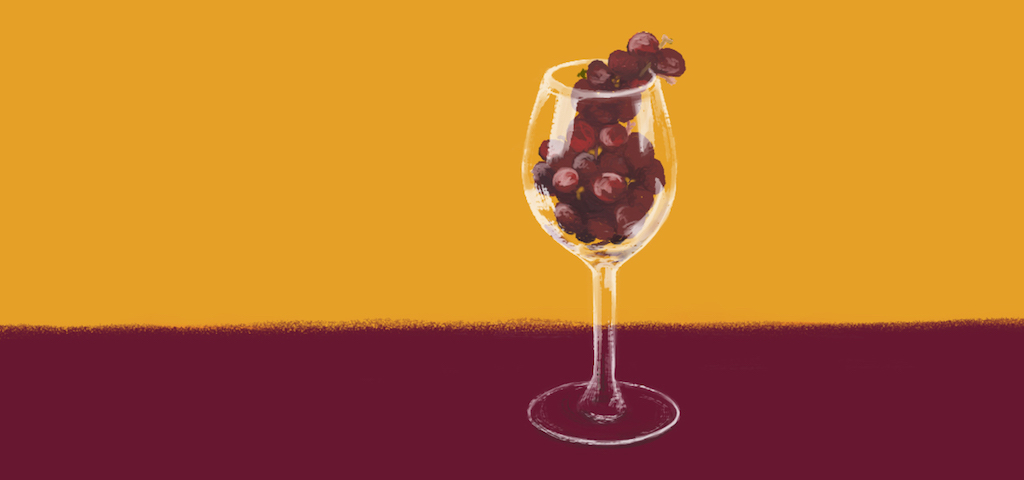Wine seems to be one of those things for which there’s both a scientific and poetic language.
Intoxication, inebriation—can you think of another biological process that’s often described with such intimate words? (There’s birth and death, but that’s another article.) What I’m saying is that it’s not uncommon to hear people talk about drinking wine, with all its risks (health-related or otherwise), as melancholia or euphoria, or even foolishness or destruction.
The philosopher Roger Scruton writes, “wine, properly drunk, transfigures the world at which you look, illuminating that which is precisely most mysterious in the contingent beings surrounding you, which is the fact that they are—and also that they might not be.”
It’s the oft-cited paradox: that wine is a source of both pleasure and serious harm, that it illuminates as much as it confounds. Of course there is also the literal substance, the scientific explanation behind the maudlin rambling: The intoxicating substance in alcohol—ethanol—travels freely into the brain, disturbing the neurotransmitters responsible for brain activity.
Before wine reaches its final stage—that is, before it becomes a drink—there is a string of complex natural and artificial processes, the slow passage of time, and a stubborn reliance on the seasons.
But, presumably, most drinkers are partial to the metaphoric narrative. Is that surprising? Before wine reaches its final stage—that is, before it becomes a drink—there is a string of complex natural and artificial processes, the slow passage of time, and a stubborn reliance on the seasons. Is that why the drink is laced with nostalgia and people find themselves talking about the drink with a kind of familiar fondness?
The wine dilemma
I don’t mean to suggest that most drinkers are connoisseurs or that any social drinker has the tendency and the tools to talk about wine as more than just a commodity—only that the drink easily lends itself to this kind of talk, that its nature justifies this tendency.
Before dismissing this compatibility between nature and language as a flimsy association (and fail to see it as a possibly productive inquiry), consider wine amid two of the world’s most powerful forces: climate change and technological innovation.
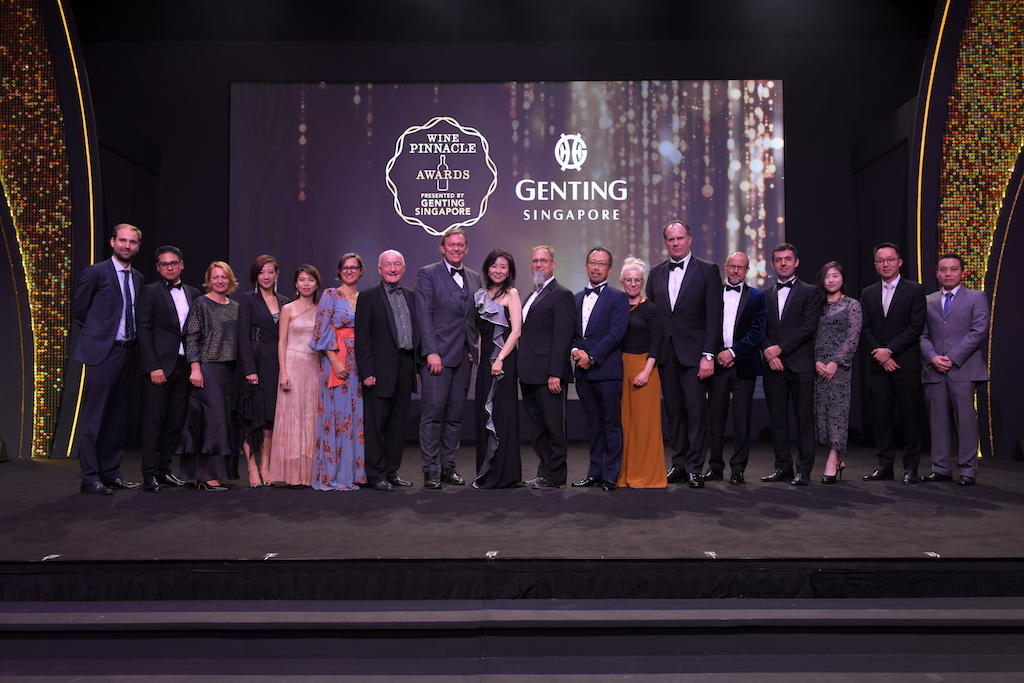
Wine writer Oz Clarke recognized the connection as a dilemma, one in which the wine industry is deeply entrenched given the facts of digitalization and the climate’s gradual demise. He laid down the gist of the issue at the inaugural Wine Pinnacle Awards in Singapore in October 2019.
“In this digitalized, instant gratification world of ours, how can wine, with its reliance on the seasons and the slow passage of time, how can wine respond?” It’s that classic narrative of rapid modernization as a possible threat to a prized “natural” thing, which inevitably leads to that most emphatic of questions: What will happen in the future?
The future (and the current state) of wine figures quite heavily into many aspects of the modern consumer’s life. In recent years, questions of self-control and sobriety have played a more determinative role in drinking behavior. More and more people are coming to terms with what it means to drink alcohol at a time when control seems to be a necessary virtue.
“The phenomenon of binge drinking solely to get completely hammered has become so prevalent in the early part of this century that I’m not surprised that the younger generations found the whole business of drinking alcohol disgusting,” said Oz Clarke.
Winemakers on the other hand find themselves grappling with questions on the extent to which they ought to integrate technology into their practice, which, given wine’s dependence on time, climate and tradition, and consumers’ shifting attitude towards drinking, is less a basic business decision and more a response crucial for survival.
Obviously, this point in time isn’t the first instance the wine world finds itself amid a serious reckoning—the process is a slow, constant, and non-linear build-up of centuries’ worth of trends and shifting market conditions, to which the responses have been neither completely reactionary nor progressive. It wouldn’t be entirely wrong to assume that for the longest time technology has been both an enemy and an asset of the beverage world.
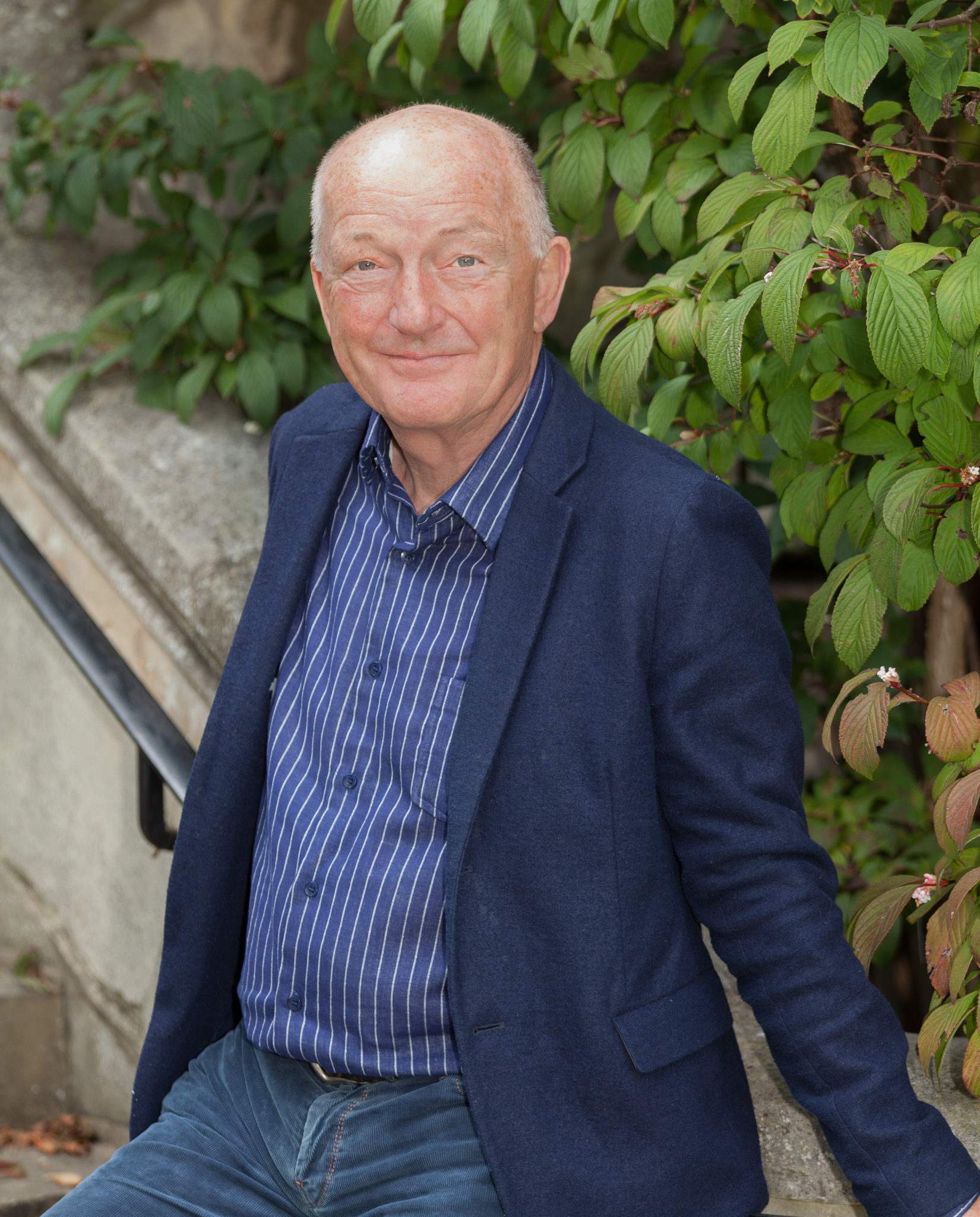
Yet the question of change and adaptation seems all the more relevant lately, as the past decade specifically has felt like a particularly unique period: food and beverage trends, climate, technology, and propriety all seem to coalesce into an inescapable monolith that winemakers have to deal with.
What was traditionally considered a “good” bottle of wine was now being assessed against emerging products such as organic wine and synthetic alcohol, consumed (and produced) with marked consciousness about health and transparency and sustainability. So, again, what will the future of wine look like?
An emerging “sobereaucracy”
Clarke had a few answers. The next decades may be significantly influenced by a growing movement in Northern Europe and North America called mindful drinking.
The name will give you the surface—but not completely inaccurate—idea. For some people, it means stopping drinking alcohol altogether. But it could also mean stepping back and reassessing the role of alcohol in our lives, specifically its effects on health.
At the fore of this movement are the millennials and Gen Z, people whose socioeconomic activity is largely determined by the ideal of ethical consumption and a desire for control. This emerging “sobereaucracy,” as some social anthropologists call it, poses serious implications on the beverage industry as it’s this group that now dominates the workplace and thus the market.
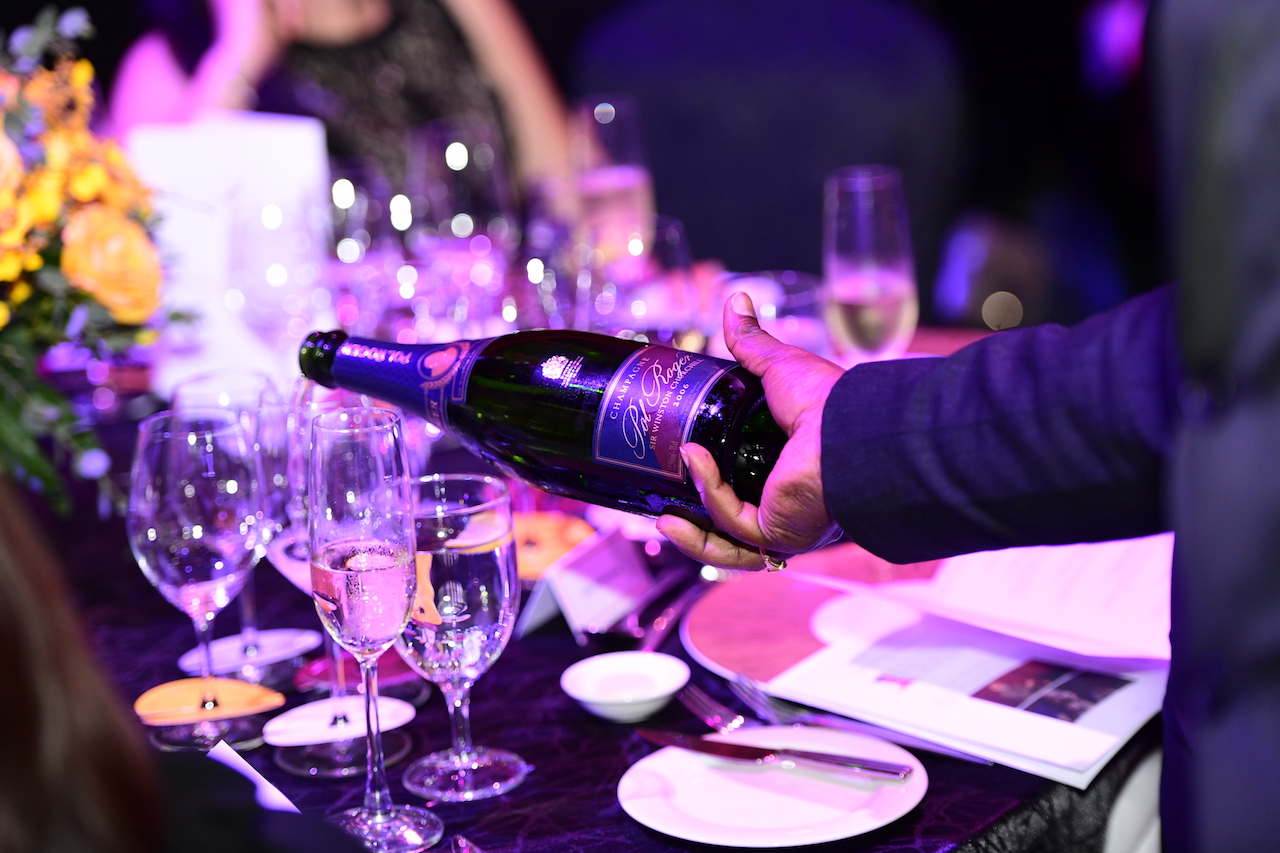
Clarke, again, with the questions: “When we see that the number of young people in that crucial age group, up to the late 20s, don’t drink at all, is now around 30 percent by some records, and closer to 40 percent by others, we need to ask why. We need to ask, what can we do about it?”
This shift towards sobriety could be read in large part as a reaction against binge drinking. Individual reasons, as well as the degree to which people cut down on alcohol, vary, but they tend to intersect with the idea of excessive drinking as a matter of serious caution. It’s also a case of intergenerational conflict. Members of Generations Y and Z, according to Clarke, are reacting against the culture of excess set by the older generations.
“The phenomenon of binge drinking solely to get completely hammered has become so prevalent in the early part of this century that I’m not surprised that the younger generations found the whole business of drinking alcohol disgusting.” This repugnance directed towards drinking isn’t ill-motivated or newfound (read: the Prohibition Era, Sober October, Dry January), especially given the conditions under which the younger generations grew up, specifically the technological advancements that only serve to heighten the consequences of binge drinking.
“One of the great pleasures of alcohol is it loosens inhibitions. But in the current time, that is exactly why so many people are now nervous of it. Millennials and Generation Zers are reacting to the intrusive nature of our online world by reasserting their desire for control over themselves and crucially of their image and drinking is in their firing line,” said Oz Clarke.
“One of the great pleasures of alcohol is it loosens inhibitions. But in the current time, that is exactly why so many people are now nervous of it. Millennials and Generation Zers are reacting to the intrusive nature of our online world by reasserting their desire for control over themselves and crucially of their image and drinking is in their firing line,” said Clarke.
Much has been said about the evils of social media, mostly how it’s become an inescapable part of our lives to the point that we don’t know if we’re still making conscious conditions. But all this talk, as hopelessly repetitive as it is, exists for a good reason. It is as bad as it seems—if not worse.
When it comes to drinking, social media’s increasing intrusiveness means, among other things, offhanded online posts—public pronouncements of bad behavior, of the loss of control that’s available for anyone to see. Friends, family, even prospective employers and business partners can catch a glimpse of one’s impropriety. That this may seem too naive a reading of the internet doesn’t change the fact that there are people who feel this way, and as a result decided to reexamine their drinking habits.
More and more people are coming to terms with what it means to drink alcohol in a time when control seems to be a necessary virtue.
Clarke cites the following figures from a recent survey: 70 percent thought that going out binge drinking was as risky as sniffing glue; 28 percent thought that one drink exposed them to the same level of risk; 75 percent said that it’s important to be in control of their life at all times, and work and study are their top priorities; over 50 percent said they continually worried about their online image when they went out socializing.
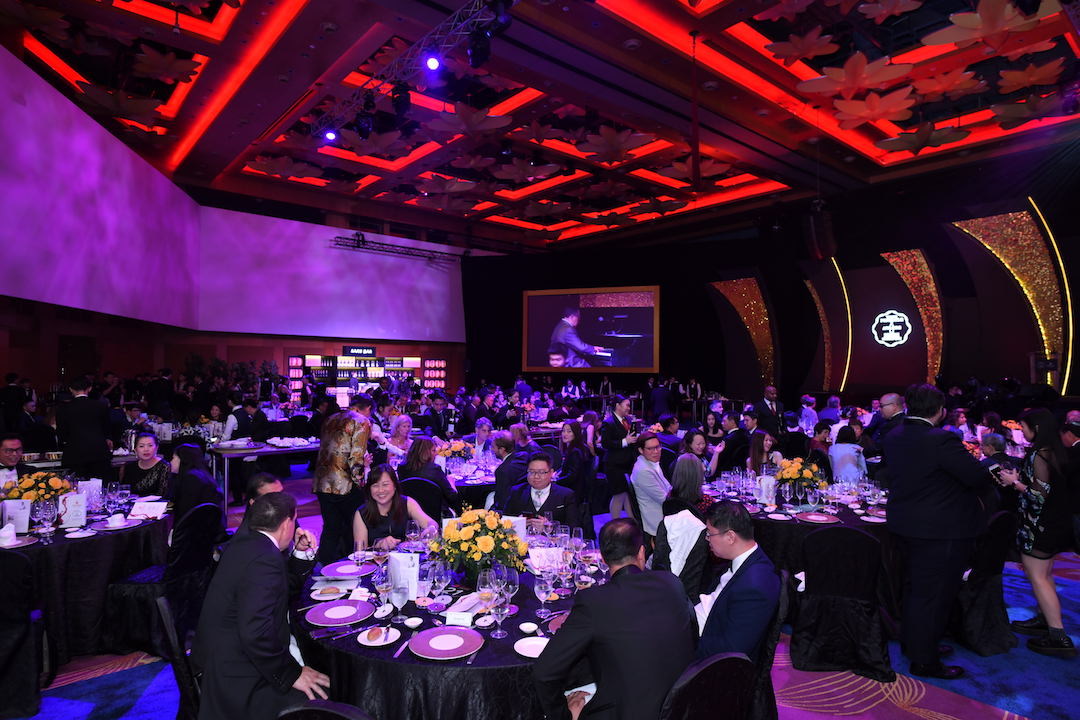
Though these data are from Europe and North America, it should be noted that this change in consumer behavior isn’t limited to the West. In Asia, where there’s also a notable increase in the demand for healthier lifestyles, the trends in drinking behavior are also heading towards mindfulness, with “healthier” alternatives such as fortified wines, non-alcoholic kombucha gins, and low ABV cocktails and spirits gaining more popularity among increasingly health-conscious consumers.
Given that Asia is currently the fastest growing market in the global wine industry, the way these consumer behavior trends play out in the region is worth serious attention. Even if Europe remains the largest producer and consumer of alcohol, Asia has serious potential in impacting the state of the global alcohol market—especially since the Asian wine market is predicted to grow rapidly in the next five years.
Even if Europe remains the largest producer and consumer of alcohol, Asia has serious potential in impacting the state of the global alcohol market—especially since the Asian wine market is predicted to grow rapidly in the next five years.
And again, it goes without saying that this reexamination of drinking habits and renegotiation of priorities will greatly impact the wine world and the alcohol industry in general. An idea of how that may look was discussed by Clarke, who mentioned that in Great Britain, David Nutt, the former chief drug advisor to the government, has accepted the view of the county’s leading medical journal that alcohol is the most dangerous drug, even stating that by year 2050, alcohol will be gone.
The question now is, if that void in the beverage world does end up materializing, and if it somehow gets gradually replaced by a new market, what would that look like?
Market alternatives: synthetic alcohol and alcohol-free spirits
Several brewers and wine and liquor companies have already responded to these changing behaviors, and though it’s too early to tell whether these responses are shaping up to be a confirmation of Nutt’s prediction, it definitely looks like there will be a rise of a market of alternatives.
Two of the emerging products in this market are Alcosynth and Seedlip. The former is a psychoactive ingredient that mimics the effects of alcohol but has none of the harmful effects, meaning it doesn’t result in nausea or hangovers. The idea of Alcosynth was first introduced in September 2016 by Nutt, who believes that the product can potentially address the threats alcohol pose on public health. As of March 2019, however, the substance hasn’t undergone safety testing yet. Reports have stated that the product might be available in the market in five years, and the researchers behind it are currently working towards having Alcosynth regulated as a food additive or ingredient.
To understand both the pushback against and the support for Alcosynth (global drinks analyst Jonny Forsyth is positive about the substance, saying that the industry is “increasingly investing in alcohol alternatives”), it’s worth going back to perhaps its most important feature—it has all the “benefits” of alcohol, with none of the harm.
David Orren, Nutt’s business partner, puts it best: “It’s not a replication of alcohol itself, it’s an attempt to go further and to do something better. We’re looking for a slight degree of reduced inhibition in order to increase social interaction; we’re looking for a sense of agreeableness—a sense of feeling good and a sense of curiosity. Things you would associate with an interesting, free-flowing social interaction.”
At this point, amid all the debates and predictions, one of the few certainties about the future of the drinks world that’s probably worth recognizing is the emergence of contrarian trends.
As promising as all that sounds, the criticisms are understandable precisely because of these very claims. To eliminate the harmful or behavior-altering effects of something like alcohol—a substance that, if taken in large quantities, is poisonous—will understandably raise suspicion from scientists, health experts, and other regulatory authorities.
Not to mention, it’s going to cost a lot of money. Nutt’s 2050 prediction and his team’s goal of making Alcosynth commercially available in five years seems unlikely at this point but given the undeniable changes in consumer behavior, it’s worth taking at least the last possibility seriously, if only because as Clarke, himself quite skeptical of the market of alcohol alternatives says, “there will be a lot of profit here in the future.”
This is particularly true about another emerging alcohol alternative: alcohol-free spirits. A leader in this category of alternatives is Seedlip, a company that, according to its website, “is on a mission to change the way the world drinks with the highest quality non-alcoholic options.” Its products are created the way spirits are, except after the herbs and botanicals are macerated and distilled, the alcohol is removed before the drink is bottled.
While the people behind Alcosynth make a conscious effort to retain the “social benefits” of alcohol, Seedlip does away with all that—a move that corresponds quite perfectly with the millennials’ and the Gen Z’s changing attitude towards alcohol. Which can maybe partly account for the success of Seedlip (and the category of non-alcoholic spirits in general).
The company prides itself on producing high quality alternatives out of a “love of nature,” “forgotten recipes,” and “a bespoke distillation process.” These are elements of a mission statement that work particularly well in the alcohol world since they not only coincide with the new direction a sizeable portion of consumer behavior is taking (mindfulness and sobriety), they also signal the kind of virtues that go hand-in-hand with this need for control and propriety.
This in turn can explain why, despite the fact that Seedlip’s drinks are more expensive than the usual commercial bottle of spirits, consumers are willing to pay for them.
“These generations’ awareness about alcohol, their concern about climate change and unhealthy eating, and their willingness to spend on any product with authenticity and provenance built into its image means that [non-alcoholic spirits] will be an increasingly successful category,” says Oz Clarke.
Clarke says that the non-alcoholic spirits category is growing fast, and will continue to do so. “These generations’ awareness about alcohol, their concern about climate change and unhealthy eating, and their willingness to spend on any product with authenticity and provenance built into its image means that this will be an increasingly successful category.”
Of course, the quality of these drinks is another matter. And, I should add, an extremely subjective one. Though some publications and drinks authorities have recognized and lauded the potential of these non-alcoholic alternatives, influential figures in the drinks world such as Clarke are unimpressed, reading the success of non-alcoholic spirits as a possible case of certain companies successfully tapping into a profitable niche market.
“There’s profit to be made, and this new category will run whether consumers are simply being duped into buying flavored water for a premium price.”
At this point, amid all the debates and predictions, one of the few certainties about the future of the drinks world that’s probably worth recognizing is the emergence of contrarian trends. And the rate and success at which such emergence is occurring are largely up to a number of factors, most of them unpredictable like the climate and consumer behavior.
For now, these alternatives have just established a foothold in a relatively young niche market (Seedlip was only founded in 2015 and is served in just over 15 cities, including Hong Kong), and whether or not they’ll be able to do the same in commercial markets is yet another uncertainty.
Also, we mustn’t conveniently forget about the rest of the world: These alternatives are limited to a few countries, to people from a certain class. At least for now.





